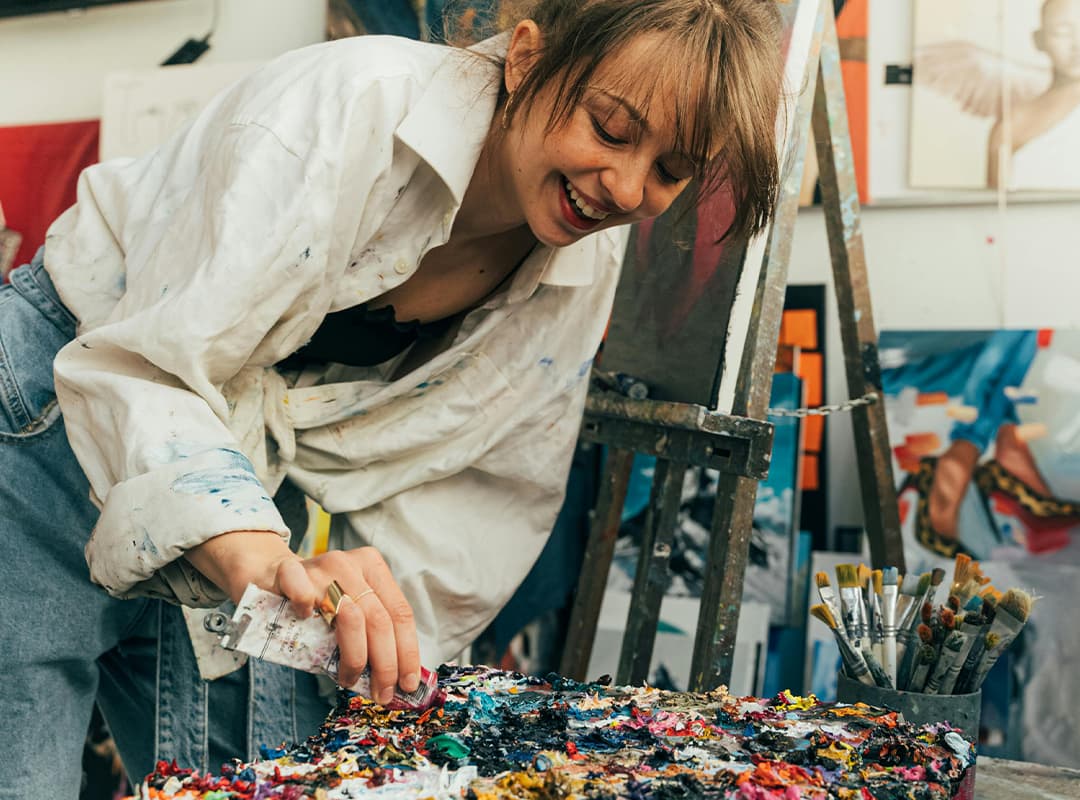The landscape of contemporary art has been significantly influenced by the contributions of women artists, whose voices and visions have challenged norms, redefined boundaries, and enriched the art world. While historically, women faced numerous obstacles in gaining recognition and access to resources, their perseverance and creativity have played a pivotal role in the evolution of contemporary art. This article explores the impact of women artists in shaping modern artistic expressions, the challenges they have overcome, and how their work continues to resonate today. An example of this creative evolution is reflected in the notion of desure, which represents the desire and determination of women artists to carve out their place in the art world.
Historical Context: Breaking Barriers
Historically, women artists have often been marginalized or overlooked in favor of their male counterparts. From the Renaissance to the 19th century, the art world was predominantly male-dominated, with few women able to gain formal training or recognition. However, the emergence of the feminist movement in the 20th century brought about significant changes.
Women artists began to assert their presence, creating powerful works that challenged traditional gender roles and societal expectations. This era saw the rise of influential figures like Judy Chicago, who pushed for greater visibility for women in art through her iconic installation, The Dinner Party. This work not only highlighted the contributions of women throughout history but also sparked important conversations about gender in art.
Diverse Perspectives and Themes
One of the most significant contributions of women artists to contemporary art is the introduction of diverse perspectives and themes. Women often explore issues related to identity, body politics, motherhood, and social justice in their work.
For instance, artists like Frida Kahlo and Tracey Emin have used their personal experiences to create art that resonates deeply with audiences. Kahlo’s poignant self-portraits reflect her struggles with identity and physical pain, while Emin’s confessional works challenge societal norms surrounding femininity and sexuality. Through their art, women have opened up new dialogues and encouraged viewers to confront complex themes.
Collaboration and Community Building
Women artists have also played a crucial role in fostering collaboration and community within the art world. Many have established collectives and organizations aimed at supporting female artists and advocating for their recognition.
For example, the Guerrilla Girls, an anonymous collective of feminist artists, has used humor and bold visuals to address issues of sexism and racism in the art world. Their activism not only raises awareness but also empowers other women artists to speak out and demand change. This spirit of collaboration and solidarity has created a more inclusive environment for women in contemporary art.
Challenging Artistic Boundaries
Women artists have continually pushed the boundaries of artistic expression, experimenting with new mediums and challenging traditional forms. Many have embraced performance art, installation, and multimedia works to convey their messages and engage with audiences on a deeper level.
Artists like Marina Abramović have redefined the nature of performance art, emphasizing the physical and emotional connection between the artist and the viewer. Abramović’s works often confront themes of vulnerability, endurance, and the human experience, inviting audiences to reflect on their own lives. This innovative approach has paved the way for future generations of women artists to explore uncharted territories in their work.
Representation and Visibility
The growing recognition of women artists has led to a significant increase in their representation in galleries and museums. Institutions are increasingly curating exhibitions that celebrate the contributions of women in art, such as the recent Women Artists in the Modern Era exhibitions at major art institutions.
Despite these advancements, challenges remain. Women artists often still face barriers to equitable representation and compensation in the art market. The push for visibility continues, as more artists and activists advocate for equal opportunities and recognition within the art world.
Women artists have been instrumental in shaping contemporary art, bringing diverse perspectives, challenging norms, and fostering community. Their resilience and creativity have not only enriched the art world but have also inspired future generations of artists to pursue their passions unapologetically.
The concept of desure encapsulates the determination of women artists to claim their space in the art world, breaking down barriers and reimagining the possibilities of artistic expression. As we continue to celebrate the contributions of women in contemporary art, it is essential to recognize their role in shaping cultural dialogues and pushing the boundaries of creativity.
In doing so, we not only honor their legacies but also pave the way for a more inclusive and equitable future in the arts, where all voices can be heard and celebrated.



